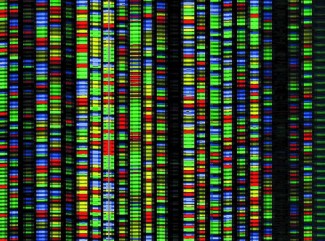A new study suggests that Beta and Gamma brain waves, linked to inhibitory neurons, could play a role in memory consolidation during sleep.
Sleep is divided into several phases: somnolence, light sleep, deep sleep, and REM sleep. Each phase is linked to a specific type of brain waves ranked by frequency, alpha, beta, gamma, etc.
The oscillations represent rhythmic electrical activity of neurons inside the brain that can be recorded with electroencephalography (EEG).
Beta and gamma waves, in particular, are found in various areas of the brain. They play an important role in transmitting information during wakefulness, as well as during deep anaesthesia and natural sleep. This rhythmic electrical activity is linked to interaction of inhibitory and excitatory neurons.
Institut du Cerveau - ICM researchers confirmed that beta and gamma waves are for the most part present during the sleep-wake cycle in the allocortex, containing the olfactory system and the hippocampus, involved in memory.
Moreover, during deep sleep, these waves are not limited to this particular area: they spread to various areas of the neocortex, the external part of the cerebral cortex, involved in various cognitive functions such as sensory perception, awareness or language.
They also found that gamma waves in humans are due to high involvement of inhibitory neurons. These waves are recorded both during sleep and wakefulness. During sleep, they appear to help reproduce the patterns that take place during wakefulness and spread them within the cortex.
These results suggest that beta and gamma waves, linked to inhibitory neurons, could play a part in memory consolidation during sleep. Deep sleep could be characterized by activity similar to cognitive activity of the previous day. This gamma activity during sleep acts as a “replay” of sorts where the brain replays what it experienced the preceding day, helping consolidate memory.
Sources
High-frequency oscillations […] during the wake-sleep cycle. Le Van Quyen M, Muller LE, Telenczuk B, Halgren E, Cash S, Hatsopoulos NG, Dehghani N, Destexhe A. Proc Natl Acad Sci U S A. 2016 Aug 16.
http://www.pnas.org/content/113/33/9363.abstract







